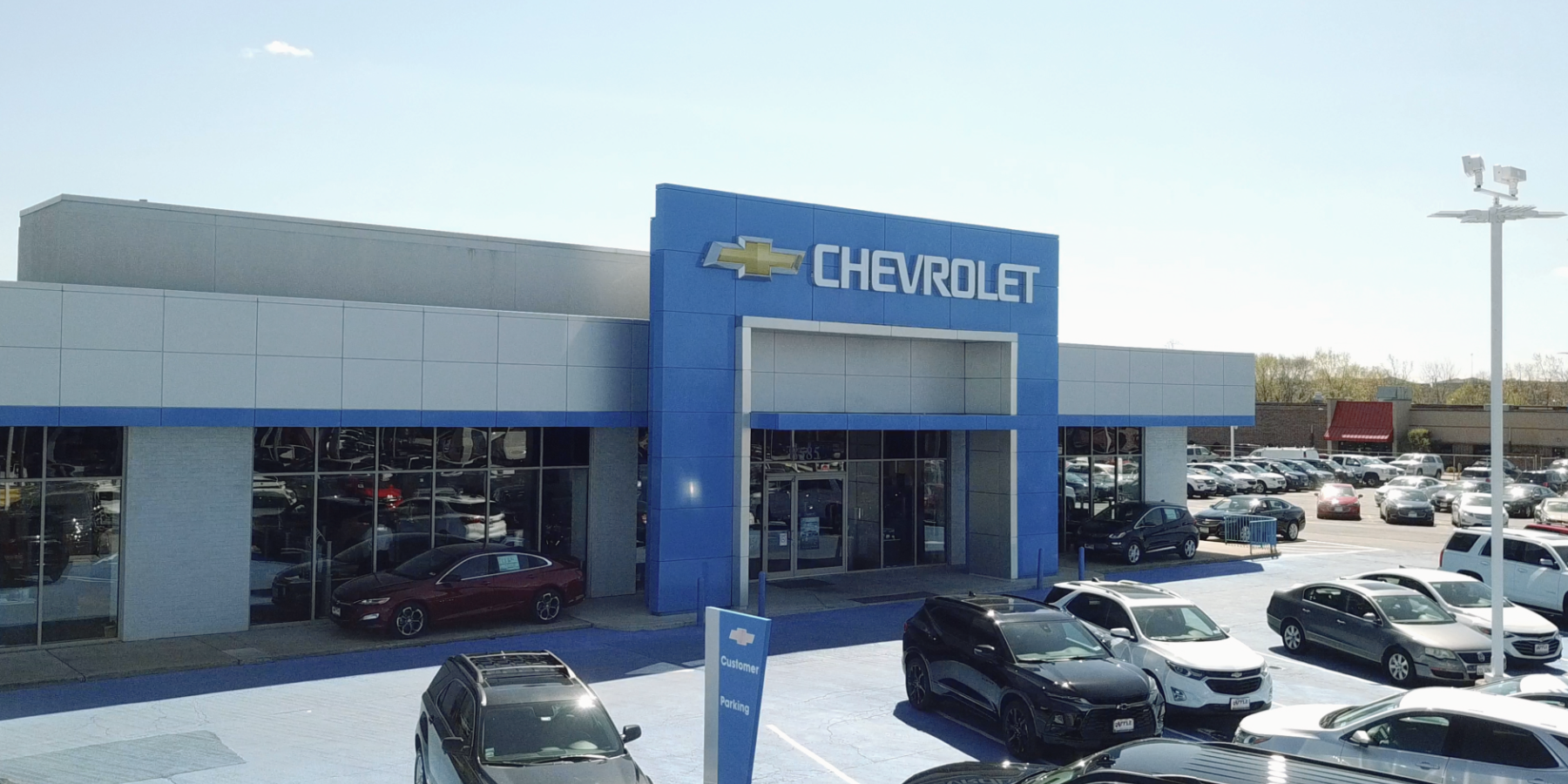Toyota Knew of Accelerator Defects in 2006
Bloomberg.com
By Angela Greiling Keane
April 9 (Bloomberg) — Toyota Motor Corp. knew about flaws that could cause unintended acceleration more than 3 1/2 years before it recalled cars and trucks to fix the defects, according to company timelines.
Toyota, the world’s largest automaker, learned that floor mats could entrap accelerator pedals as early as Feb. 7, 2006, and that pedals could stick five months later, according to documents dated March 24 that were submitted the National Highway Traffic Safety Administration and obtained yesterday.
The timelines show what Toyota has said was a slow response that led to the recall of more than 8 million vehicles worldwide starting last year to repair the two types of acceleration- related defects.
The first report was from a model year 2005 Prius hybrid “regarding floor mat interference with an accelerator pedal,” according to the documents, which the carmaker sent to the safety agency.
Toyota appointed a chief quality officer for North America and gave the regional officials more authority in making safety- related decisions following U.S. inquiries into the recalls.
“We are not going to elaborate on any documents provided to NHTSA,” Toyota said in an e-mailed statement. “We’ve already acknowledged on several occasions that the company did a poor job of communicating during the period preceding our recent recalls.”
Toyota, based in Toyota City, Japan, began recalls for the two pedal-related defects after an Aug. 28 Lexus sedan crash killed off-duty California Highway Patrol officer Mark Saylor and three family members when a floor mat jammed down the accelerator pedal.
U.S. Fine
Toyota’s U.S. sales unit said yesterday it’s creating “rapid response” teams of engineers and technicians to evaluate customer reports of unintended acceleration. The Swift Market Analysis Response Teams will try to get in touch with customers involved in such incidents within 24 hours of a complaint.
The U.S. Transportation Department this week proposed a record $16.4 million fine on Toyota after concluding the carmaker “knowingly hid a dangerous defect.” Companies have five days after learning of safety defects to report them to the auto safety regulator under U.S. law.
The timelines were sent to NHTSA’s Office of Defects Investigation, which like Toyota is facing criticism from Congress for its role in the recalls.
‘Not Reproduced’
Toyota didn’t act on the first sticky pedal report because the “problem was not reproduced and no other similar” reports were received, according to the timeline. “Toyota decided to monitor the situation in the field.”
A Toyota executive on Jan. 16 urged the company to “come clean” about accelerator pedal mechanical failures in an e-mail to communications staff after some in the public-relations office suggested a more cautious approach.
Irv Miller, then a vice president for Toyota’s U.S. sales unit, said in the e-mail to company executives that “the time to hide on this one is over.” A week later, Toyota recalled 2.3 million vehicles in the U.S. for accelerator pedal flaws.
“We are not protecting our customers by keeping this quiet,” said Miller, who announced his retirement on Dec. 16 and left the company in January after sending the e-mail to executives in the U.S. and Japan.
Toyota’s American depositary receipts, each equal to two ordinary shares, fell 44 cents to $79.48 yesterday in New York Stock Exchange composite trading. They have lost 5.6 percent this year.
To contact the reporter on this story: Angela Greiling Keane in Washington at agreilingkea@bloomberg.net;

